Last Updated on August 13, 2023 by BiblioLifestyle
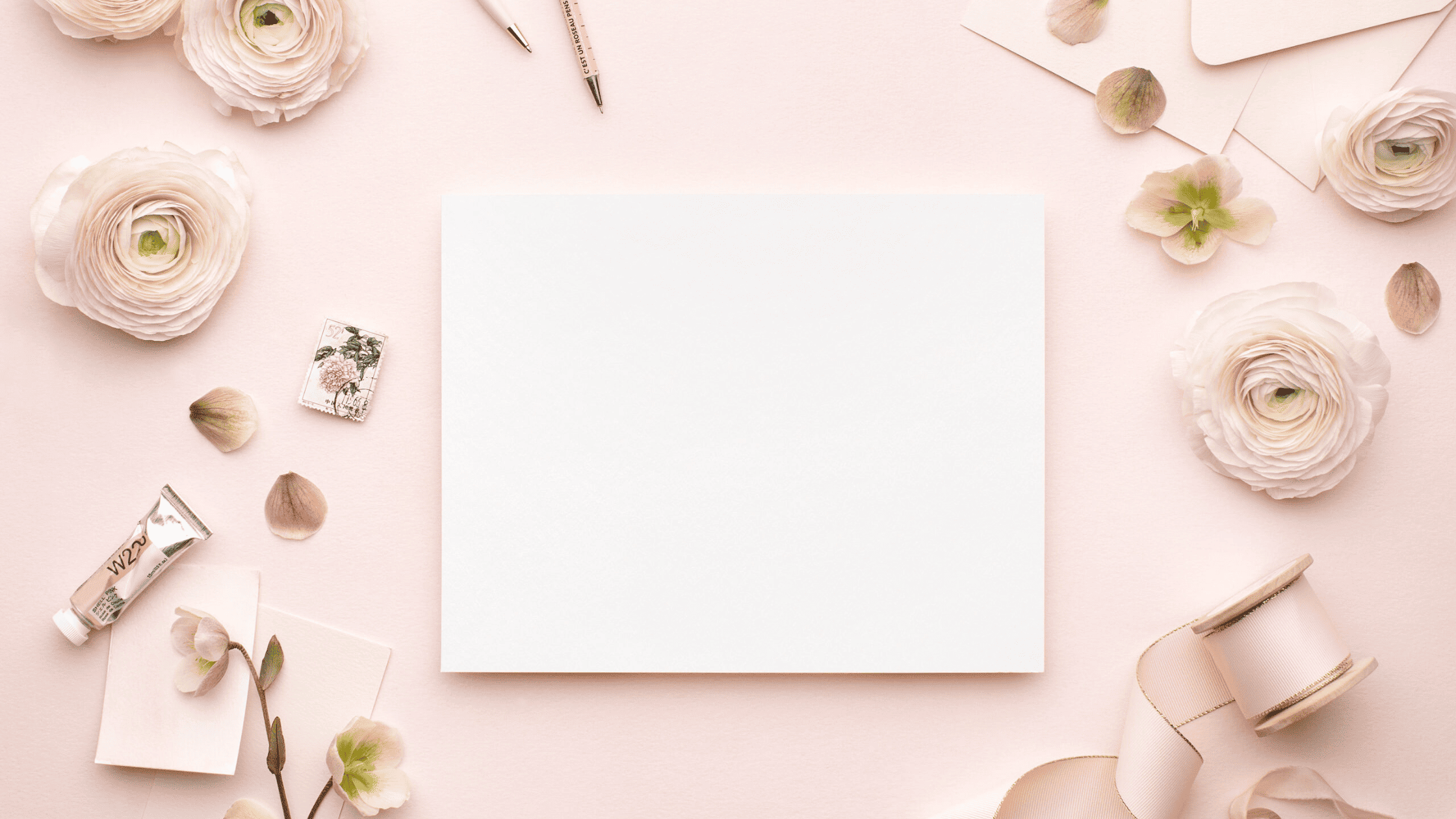
In today’s digital age, letter writing may seem like a lost art. However, the power of a well-crafted message can still hold great meaning and significance. Whether it’s a heartfelt thank you note, a thoughtful invitation, or a professional business letter, the way you express yourself in writing can have a lasting impact on the recipient. Crafting the perfect message requires a combination of creativity, attention to detail, and understanding your audience. From choosing the right words to selecting the appropriate tone, every aspect of your letter can convey your message in a unique and powerful way. In this guide, we’ll explore the art of letter writing and provide you with tips and insights on how to create messages that are both meaningful and impactful. So whether you’re a seasoned writer or just starting out, this guide will help you master the art of letter writing and create messages that leave a lasting impression.
The History of Letter Writing
Letter writing has been around for centuries, with records of ancient writings dating back to the Roman Empire and ancient civilizations such as Egypt and Mesopotamia. Throughout history, letter writing has served as a way for people to communicate with one another and express their thoughts and feelings in a tangible form. In the Middle Ages, letter writing was a way for people to communicate with each other, as well as with their loved ones who were far away. It was a way to express feelings, share news, and keep in touch. In the 18th and 19th centuries, letter writing became an art form, with people spending hours crafting elaborate letters filled with poetry, stories, and personal anecdotes. In the 20th century, letter writing became more casual, but it remained an important part of everyday life. From love letters to business correspondence, letter writing has evolved over time but still holds an important place in our society today.

Why letter writing is still relevant today
In today’s digital age, letter writing has become somewhat of a lost art. With instant messaging, email, and social media, it’s easier than ever to communicate with others without ever putting pen to paper. But there’s something special and meaningful about receiving a handwritten letter that can’t be replicated by digital communication and it provides a much-needed break from the digital world.
Letter writing allows us to slow down and reflect on our thoughts and feelings. Letter writing is also a more personal and intimate form of communication than digital communication. It shows that we have taken the time to think about the person we are writing to and to craft a message that is tailored specifically to them. In addition, letters can be kept and treasured for years to come, making them a tangible reminder of a special moment or relationship.
The benefits of writing letters in the digital age
There are many benefits to writing letters that can’t be replicated by digital communication.
First, letter writing allows us to express ourselves in a more creative and personal way. By using different writing tools, stationery, and special touches, we can create a letter that is uniquely ours and reflects our personality and style.
Second, letter writing allows us to create a lasting connection with the recipient. Unlike digital communication, which can be deleted and forgotten, a handwritten letter is something that can be kept and treasured for years to come. It’s a tangible reminder of the relationship and connection we share with the recipient.
Finally, letter writing allows us to slow down and reflect on our thoughts and feelings. In a world where everything is fast-paced and instant, letter writing allows us to take a step back and connect with ourselves and others in a more meaningful way.
Additional benefits of letter writing
In addition to the benefits we’ve already discussed, there are many other reasons why letter writing is a valuable and worthwhile pursuit.
First, letter writing can be therapeutic and healing. It allows us to express our emotions and thoughts in a safe and private way, which can be a helpful tool in managing stress and anxiety.
Second, letter writing can improve our communication skills. By practicing the art of letter writing, we can become better at expressing ourselves in all forms of communication, including verbal and digital.
Finally, letter writing can be a fun and enjoyable hobby. It allows us to explore our creativity and imagination and to connect with others in a meaningful and fulfilling way.
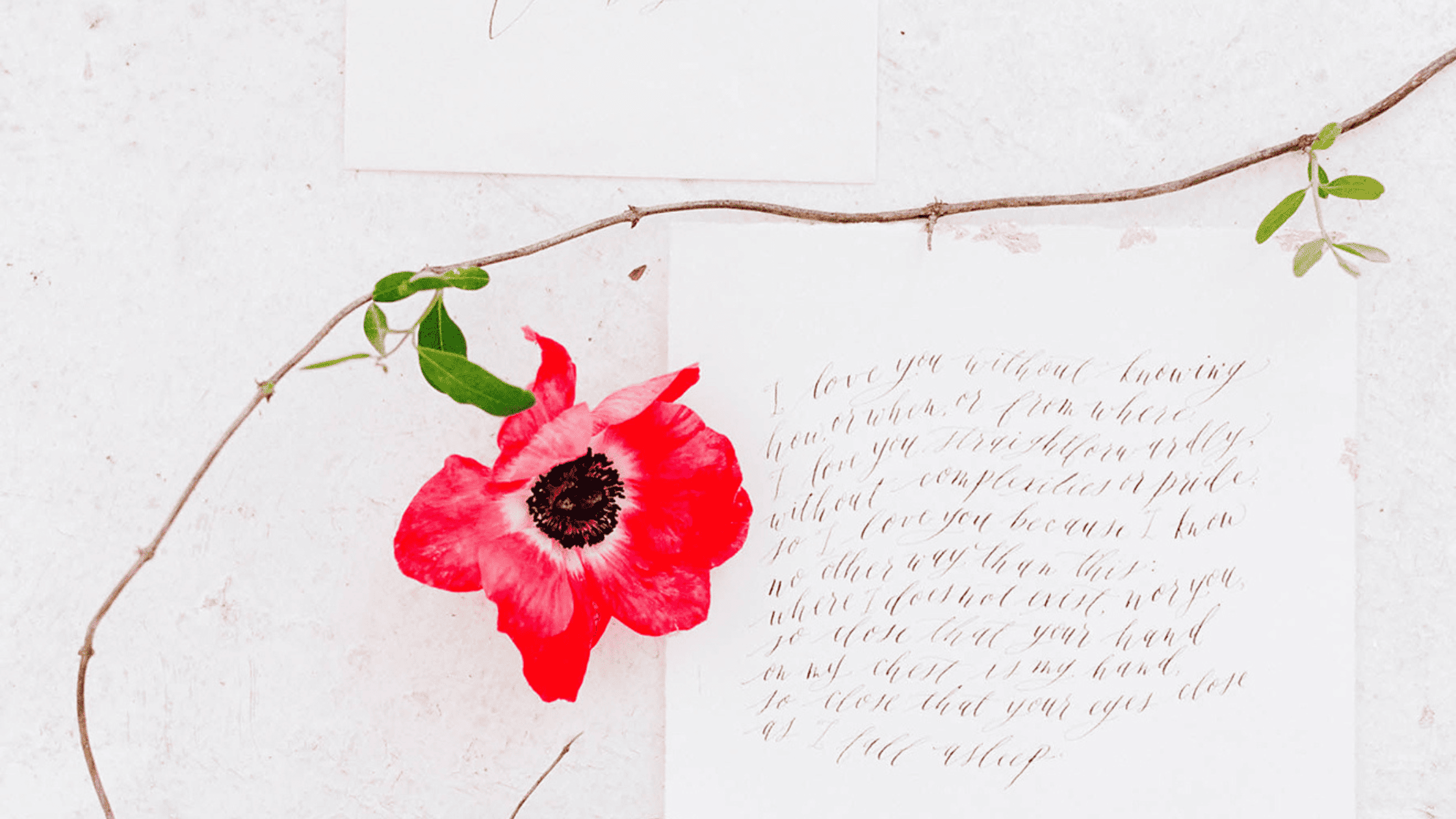
How to Get Started with Letter Writing
Getting started with letter writing is easy. All you need is a pen, paper, and a few minutes of quiet time. Start by choosing someone you would like to write to. It could be a friend, family member, or even a stranger. Next, think about what you would like to say. It could be a simple hello, a thank you, or a longer message expressing your thoughts and feelings. Once you have your message, start writing. Don’t worry too much about grammar or punctuation – the most important thing is to write from the heart.
Choosing the right stationery and writing tools
When it comes to letter writing, the stationery and writing tools you choose can make a big difference. By selecting high-quality paper, pens, and other writing tools, you can create a letter that is both beautiful and impactful.
When choosing stationery, look for paper that is thick and high-quality, with a texture that feels good to the touch. Consider using colored or patterned paper to add a pop of personality and style to your letter.
When it comes to pens, choose one that feels comfortable in your hand and writes smoothly. Consider using different colors of ink to add interest and variety to your letter.
Finally, don’t forget about other special touches, such as stickers, stamps, or wax seals. These small details can add a lot of personality and charm to your letter.

Letter Writing Ideas for Different Occasions
Not all letters are created equal. Depending on the occasion, the tone and style of your letter may need to vary. For example, a thank you note should be warm, heartfelt, and concise, while a love letter may be more poetic and romantic. When writing a professional business letter, on the other hand, you’ll need to be more formal and concise while still conveying your message effectively.
When it comes to writing letters, it’s important to keep in mind the purpose of your message and the audience you’ll be communicating with. By tailoring your message to the occasion and the recipient, you can create a letter that is both appropriate and impactful.
Here are a few ideas for different types of letters:
- Love letters: Express your feelings to your significant other in a romantic and heartfelt way.
- Thank-you notes: Show your appreciation for someone’s kindness or generosity.
- Condolence letters: Offer your sympathy and support to someone who has recently experienced a loss.
- Friendship letters: Catch up with an old friend or let someone know how much they mean to you.
- Travel letters: Share your adventures and experiences with loved ones while you’re away.
- Birthday letters: Write a heartfelt message to someone special on their birthday.
- Apology letters: Express your remorse and regret for something you’ve done wrong.
- Business letters: Contact potential employers, clients, or vendors in a professional manner.
- Gratitude letters: Count your blessings and express your thanks to the people in your life.
- Encouragement letters: Offer words of support and motivation to someone in need.
- Farewell letters: Say goodbye to someone special before you part ways.
No matter the occasion, letter writing can be an enjoyable and rewarding experience. With some time and creativity, you can create a letter that will be treasured by the recipient for years to come.
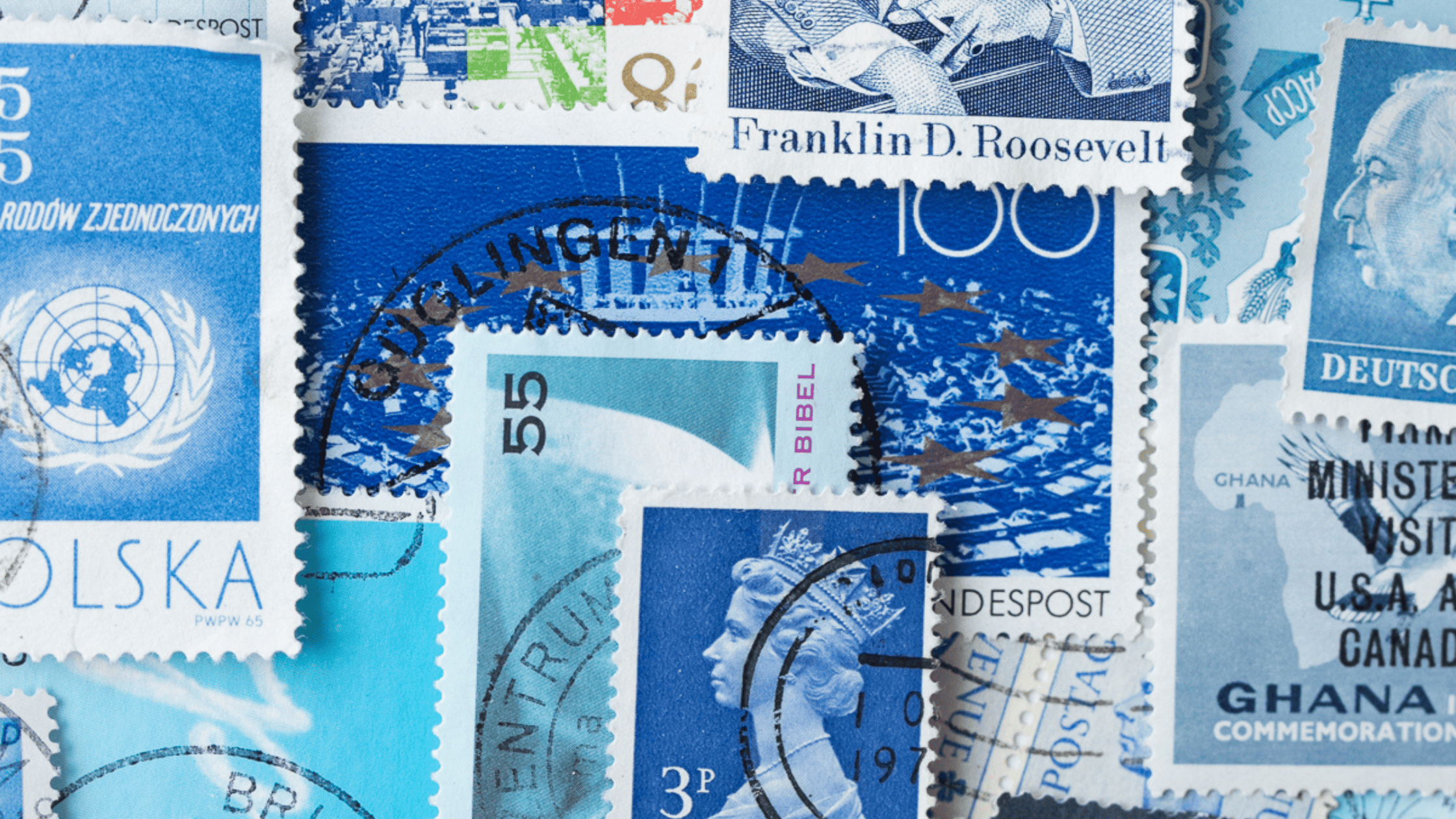
Tips for Writing a Great Letter
If you want to take your letter writing to the next level, here are a few tips to keep in mind:
- Be personal: Write as if you are talking directly to the person you are writing to. Use their name and reference specific things that you know about them.
- Be creative: Add your own personal touches, such as drawings, stickers, or even pressed flowers.
- Be concise: Keep your letter short and to the point. Don’t ramble on or include unnecessary details.
- Be sincere: Write from the heart and be honest about your feelings.
- Be thoughtful: Consider the recipient’s feelings and how they might respond to your letter.
- Be respectful: Write in a way that is considerate and kind. Avoid being offensive or hurtful.
- Be timely: Make sure to send your letter in a timely manner.
By following these tips, you can create a letter that will be enjoyed and appreciated by the recipient.
Writing techniques to make your message stand out
When crafting your letter, there are several writing techniques you can use to make your message stand out. These include:
- Using vivid and descriptive language to paint a picture in the reader’s mind
- Including anecdotes or stories to add interest and depth to your message
- Using metaphors or similes to craft vivid descriptions of your thoughts and feelings
- Using humor or wit to add personality and charm to your message
- Add visuals such as illustrations, photographs, and other visual elements to add interest to your letter.
- Incorporate poetry by using poetic language to express your emotions in a more creative and powerful way.
By incorporating these techniques, you can create a letter that is both engaging and impactful.

Common mistakes to avoid in letter writing
While there are many things you can do to make your letter stand out, there are also several common mistakes to avoid. These include:
- Using overly formal language that is stiff and stuffy
- Being too casual or informal in your writing
- Focusing on the wrong details and information
- Not personalizing your message to the recipient
- Making spelling, grammar, or punctuation errors
- Ignoring basic letter etiquette, such as addressing a person properly
- Offending the recipient by using hurtful language
By avoiding these mistakes, you can ensure that your letter will be well-received and appreciated.
Sending and receiving letters – etiquette and guidelines
When it comes to sending and receiving letters, there are several etiquette and guidelines to keep in mind. These include:
- Addressing the letter properly: Use the recipient’s full name and title, if applicable.
- Sending a reply in a timely manner: Respond to letters within a reasonable amount of time.
- Writing legibly: Make sure your writing is neat and easily understandable.
- Not leaving out any details: Include all relevant information that may be helpful or beneficial.
- Being courteous and polite: Avoid using offensive language or being overly critical in your message.
- Not prying for private information: Respect the recipient’s privacy and don’t ask for personal details that they may not want to share.
By following these guidelines, you can ensure that your letters will be well-received and enjoyed by the recipient.
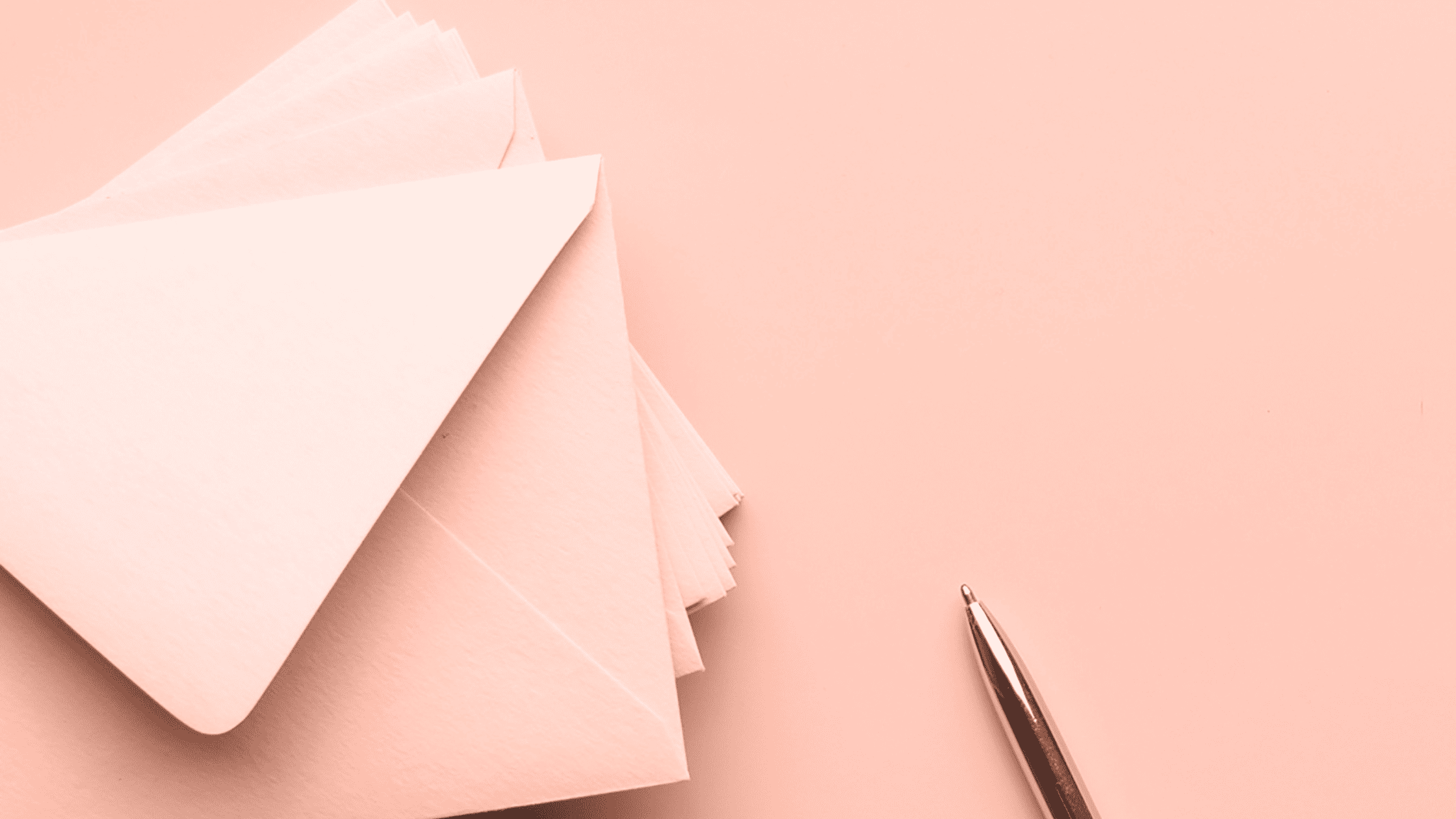
The Joy of Receiving a Handwritten Letter
Finally, there is nothing quite like the joy of receiving a handwritten letter. In a world where so much communication is digital, receiving a physical letter in the mail can be a pleasant surprise. It shows that someone has taken the time to think about you and to craft a message that is personal and meaningful. Handwritten letters can also be kept and treasured for years to come, serving as a tangible reminder of a special moment or relationship.
In conclusion, letter writing is a lost art that is still relevant in the digital age. It provides a much-needed break from the fast-paced world of digital communication and allows us to connect with others on a more personal and intimate level. Whether you’re writing a love letter, a thank-you note, or a simple hello to a friend, there’s something deeply satisfying about putting pen to paper and crafting a message that is entirely your own. So, why not take a break from your devices and rediscover the lost art of letter writing?
What is your relationship with letter writing?
Do you write letters or send snail mail? Are you planning to start a letter writing habit? Let us talk about it in the comments below!
RELATED:

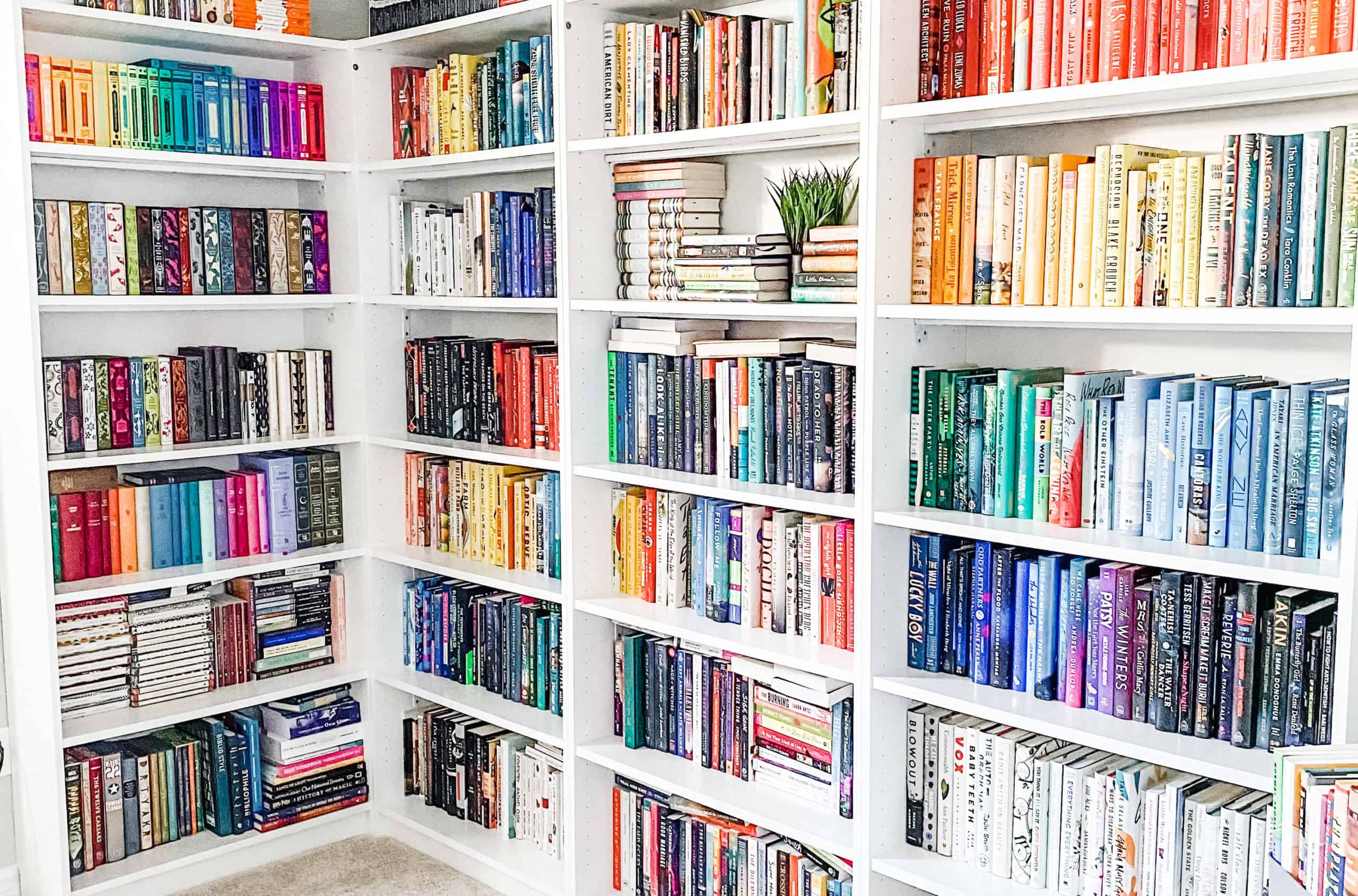
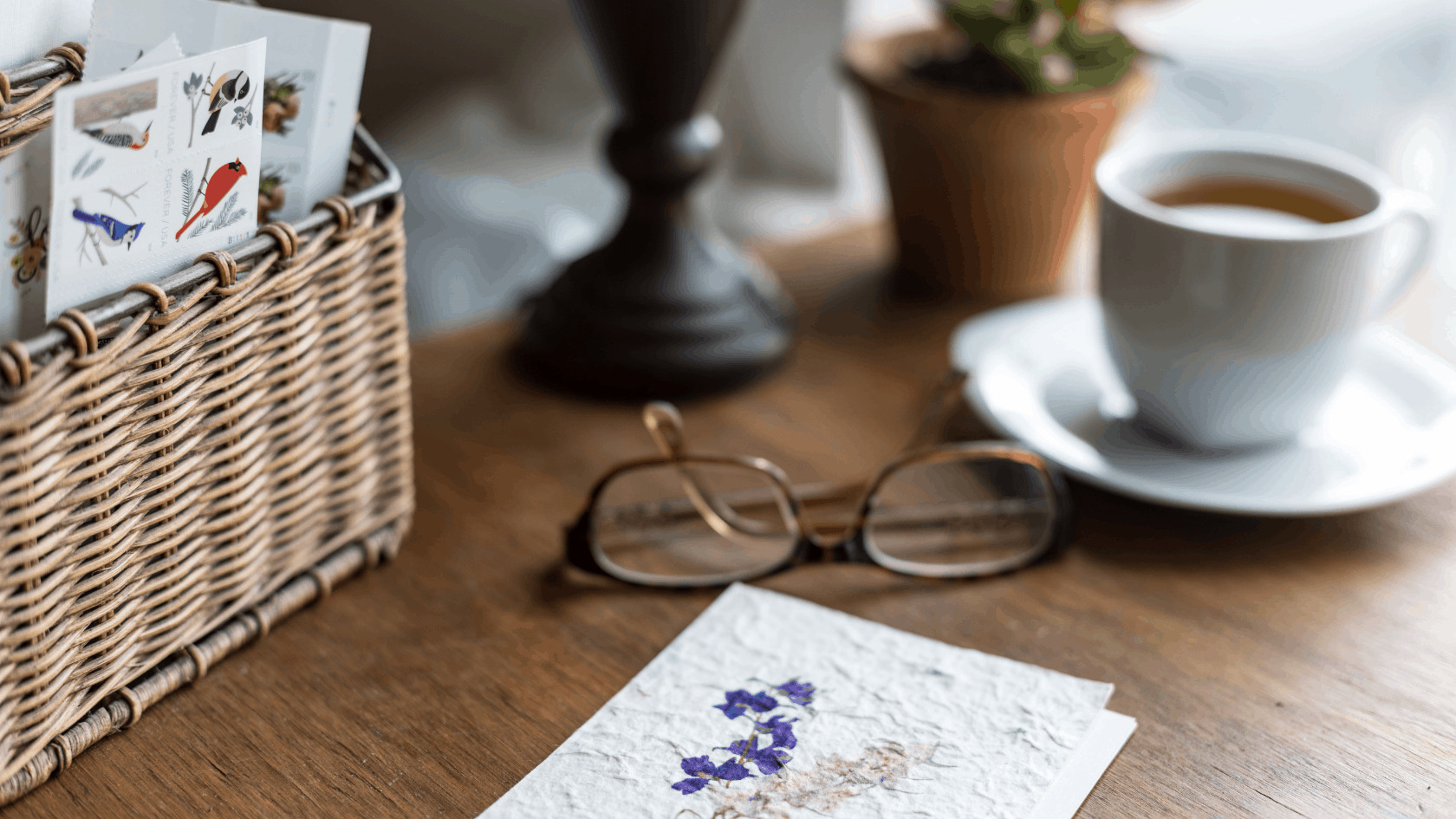

+ show Comments
- Hide Comments
add a comment